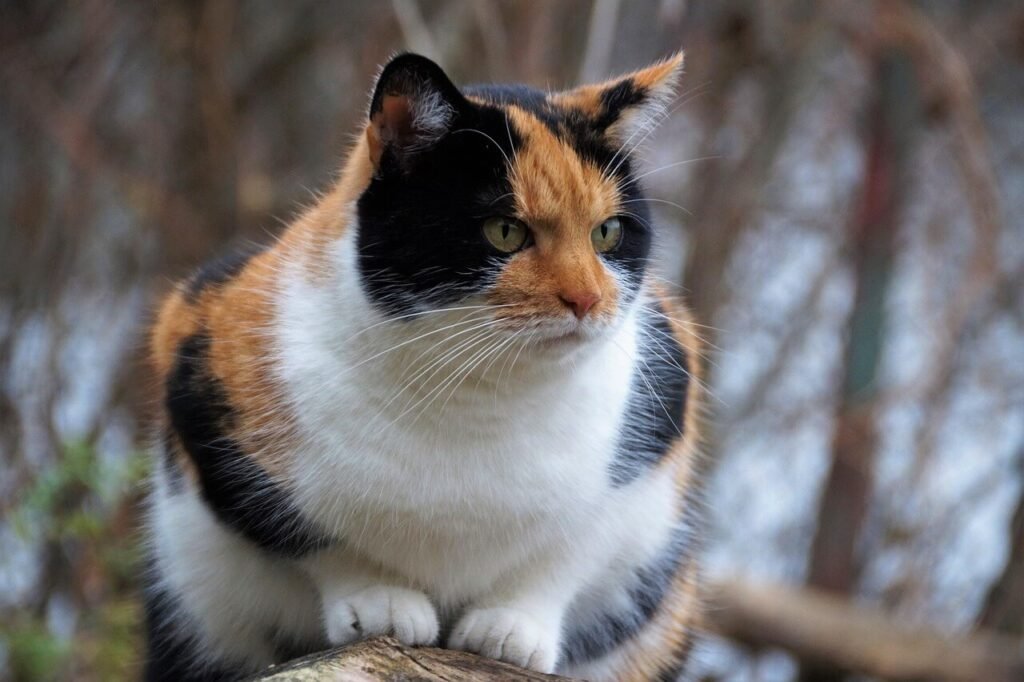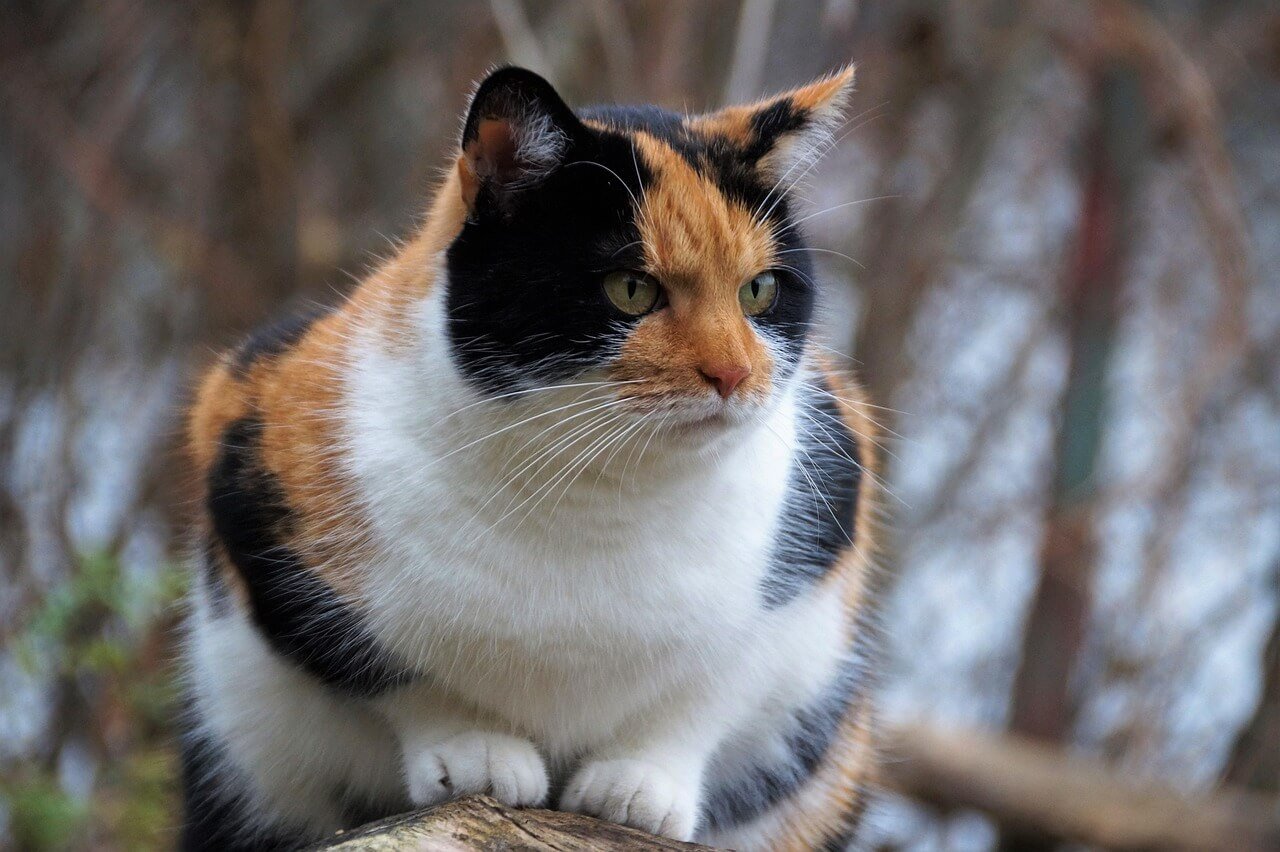How to Tell What Cat Breed I Have: Unveiling Your Feline’s Heritage
Have you ever wondered what breed your cat might be? Whether you’ve adopted a rescue kitty or simply want to learn more about your feline companion, identifying their breed can be an exciting and rewarding journey. While mixed-breed cats are incredibly common, understanding your cat’s ancestry can provide insights into their personality, health needs, and unique traits. From physical characteristics to behavioral quirks, there are many ways to determine—or at least narrow down—your cat’s breed. In this blog post, we’ll explore practical tips, tools, and methods to help you uncover the mystery of your cat’s heritage. Let’s dive in and celebrate the uniqueness of your furry friend!
Physical Characteristics to Look For
One of the first steps in identifying your cat’s breed is examining their physical traits. Different breeds often have distinct features that set them apart. Here’s what to look for:
Coat Length and Texture
Long, silky coats may indicate breeds like Maine Coons or Persians, while short, sleek fur is common in Siamese or Abyssinian cats.Fur Patterns
Tabby patterns, spots, stripes, or solid colors can hint at specific breeds. For example, Bengals are known for their striking leopard-like spots.Eye Shape and Color
Almond-shaped blue eyes are a hallmark of Siamese cats, while round, golden eyes are typical of British Shorthairs.Body Size and Build
Large, muscular cats might belong to breeds like the Norwegian Forest Cat, while slender, elegant builds are characteristic of Oriental Shorthairs.Ear Shape and Size
Pointed ears are a signature trait of Devon Rex cats, while Scottish Folds have distinctive folded ears.
By carefully observing these physical traits, you can begin piecing together clues about your cat’s possible breed. However, keep in mind that mixed-breed cats may display a mix of characteristics from various breeds.
Behavioral Traits That May Reveal Breed Clues
Your cat’s behavior can also offer valuable hints about their breed. Many breeds have unique temperaments and habits that set them apart. Here are some behavioral traits to consider:
Activity Level
High-energy cats like Abyssinians love to climb and explore, while laid-back breeds like Ragdolls prefer lounging and cuddling.Vocalization
Siamese cats are famously chatty, often “talking” to their owners, while quieter breeds like Persians tend to be more reserved.Affection Levels
Breeds like the Maine Coon are known for being affectionate and social, while others, such as the Russian Blue, may be more independent.Playfulness
Some breeds, like Bengals, retain their kitten-like energy and love interactive play, while others settle into calmer routines as they age.Adaptability
Certain breeds, like the American Shorthair, adapt well to changes in their environment, while others may be more sensitive to disruptions.
While behavior alone won’t definitively identify your cat’s breed, it can provide additional context alongside physical traits. Mixed-breed cats may exhibit a blend of behaviors from different lineages.
Check this guide 👉Most Friendly Cat Breeds: Best 7 Expert Tips!
Check this guide 👉Most Affectionate Cat Breeds: Best 7 Expert Tips!
Check this guide 👉Most Vocal Cat Breeds: Best 7 Expert Tips!

Physical Characteristics | Behavioral Traits |
|---|---|
Long, silky coat (Maine Coon) | High energy (Abyssinian) |
Tabby pattern (American Shorthair) | Vocal tendencies (Siamese) |
Almond-shaped blue eyes (Siamese) | Affectionate nature (Ragdoll) |
Large, muscular build (Savannah) | Independent streak (Russian Blue) |
Folded ears (Scottish Fold) | Playful and curious (Bengal) |
Tools and Methods for Identifying Your Cat’s Breed
If you’re still unsure about your cat’s breed, there are several tools and methods available to help you get closer to an answer. Here’s how you can take the next step:
DNA Testing Kits
At-home DNA tests designed for pets can analyze your cat’s genetic makeup and reveal their breed composition.Veterinary Consultation
Your vet may be able to make educated guesses based on your cat’s physical and behavioral traits.Online Breed Identification Tools
Several websites allow you to upload photos of your cat and compare them to known breed profiles.Cat Shows or Breed Clubs
Attending cat shows or connecting with breed-specific clubs can provide access to experts who specialize in identifying breeds.Pedigree Records
If your cat came from a breeder, reviewing pedigree papers can confirm their breed lineage.
These tools and resources can provide valuable insights, especially if you’re looking for a more scientific or expert-backed approach. Remember, even mixed-breed cats are special in their own way!
Common Misconceptions About Cat Breeds
When trying to identify your cat’s breed, it’s important to avoid falling for common misconceptions. Here are some myths and truths to keep in mind:
Myth: All Orange Cats Are Tabby Cats
While many orange cats have tabby patterns, not all orange cats belong to the tabby category.Myth: Mixed-Breed Cats Are Less Special
Mixed-breed cats, often called “domestic shorthairs” or “domestic longhairs,” are just as unique and wonderful as purebreds.Myth: Coat Color Determines Personality
While certain breeds share common traits, coat color alone doesn’t dictate temperament.Myth: Only Purebred Cats Have Health Issues
Both purebred and mixed-breed cats can be prone to genetic health conditions.Myth: DNA Tests Always Provide Clear Answers
DNA results can sometimes show a mix of breeds without pinpointing one dominant lineage.
Understanding these misconceptions helps set realistic expectations when identifying your cat’s breed. Embrace the mystery—it’s part of what makes your cat so special!
Understanding the Role of Genetics in Cat Breeds
Genetics play a crucial role in determining your cat’s appearance, behavior, and even potential health issues. Here’s how genetics influence different aspects of your cat’s identity:
Inherited Physical Traits
Traits like coat color, pattern, and eye shape are passed down through generations, often reflecting dominant or recessive genes.Behavioral Tendencies
Certain behaviors, such as hunting instincts or social preferences, can be influenced by genetic predispositions from specific breeds.Health Risks
Some breeds are prone to inherited conditions, such as hypertrophic cardiomyopathy in Maine Coons or polycystic kidney disease in Persians.Mixed-Breed Complexity
Mixed-breed cats inherit a blend of traits from multiple ancestors, making their genetic makeup more diverse and harder to predict.DNA Testing Insights
Genetic tests can reveal not only breed composition but also potential predispositions to certain health conditions.
Understanding the role of genetics helps you appreciate the complexity of your cat’s heritage and provides valuable information for their care. Every cat carries a unique genetic story that shapes who they are.
Fun Facts About Popular Cat Breeds
Learning about popular cat breeds can add an extra layer of fun to your quest for identifying your cat’s breed. Here are some fascinating facts about well-known breeds:
Maine Coon: The Gentle Giant
Known for their large size and tufted ears, Maine Coons are affectionate and great with families.Siamese: The Chatty Companion
Siamese cats are famous for their vocal nature and striking blue almond-shaped eyes.Bengal: The Wild Look
With their leopard-like spots and energetic personalities, Bengals resemble miniature wildcats.Ragdoll: The Lap Cat
Ragdolls are known for going limp when picked up, earning them their cuddly nickname.Scottish Fold: The Unique Ears
This breed’s folded ears give them an adorable, owl-like appearance that sets them apart.
These fun facts highlight the diversity and charm of different breeds. Even if your cat doesn’t fit neatly into one category, their uniqueness makes them all the more special.
Tips for Embracing Your Cat’s Mystery Breed
If you’ve tried everything and still can’t pinpoint your cat’s exact breed, don’t worry—it’s perfectly okay to embrace the mystery. Here are some tips for celebrating your cat’s individuality:
Focus on Personality
Instead of worrying about breed, pay attention to your cat’s quirks, likes, and dislikes to truly understand what makes them tick.Create a Custom Name
Give your cat a name that reflects their unique traits, like “Patch” for a tabby pattern or “Shadow” for a sleek black coat.Celebrate Their Differences
Every cat is a mix of qualities that make them one-of-a-kind—enjoy the journey of discovering what those qualities are.Prioritize Health and Happiness
Regardless of breed, focus on providing proper nutrition, regular vet care, and plenty of love to keep your cat thriving.Join Online Communities
Share photos and stories of your cat with online groups to connect with other cat lovers who appreciate mixed-breed felines.
By shifting your focus from breed identification to celebrating your cat’s individuality, you’ll deepen your bond and enjoy every moment with your furry companion. After all, it’s their personality—and the joy they bring—that truly matters.
Frequently Asked Questions About Identifying Cat Breeds
Can I tell my cat’s breed by looking at them?
Physical appearance can provide clues, but mixed-breed cats may display traits from multiple breeds, making it challenging to pinpoint their exact lineage.
Are there DNA tests for cats?
Yes, there are reliable DNA testing kits specifically designed for cats to analyze their genetic background.
What if my cat is a mixed breed?
Mixed-breed cats are incredibly common and bring a unique blend of traits and charm. Their mixed heritage doesn’t diminish their value as pets.
Do all cat breeds have distinct personalities?
While some breeds share common behavioral traits, individual cats may vary widely in personality regardless of breed.
Why does my cat not match any breed descriptions?
Many cats are a mix of multiple breeds or have no identifiable purebred ancestry, making them truly one-of-a-kind.
Celebrating Your Cat’s Unique Identity
Whether your cat is a purebred, a mixed breed, or simply a delightful mystery, their breed is just one piece of what makes them special. The joy, companionship, and love they bring into your life are far more important than any label. By exploring their physical traits, behaviors, and even their genetic history, you deepen your bond and appreciation for your feline friend. Remember, every cat—regardless of breed—is unique, and their individuality is something to be celebrated. So, embrace the journey of discovery and cherish the amazing creature sharing your home. After all, your cat is perfect just the way they are!
Canned Pumpkin for Cat Diarrhea: Best 7 Expert Tips! Natural remedy to firm stools, soothe upset bellies, and support gut health safely.
Can a Cat Give You Scabies? Best 7 Expert Tips! Discover the truth about feline mites, human skin risks, and how to protect yourself—without panic.
Cat Flea vs Human Flea: Best 7 Expert Tips! Discover the truth about bites, species, and how to eliminate infestations for good.
Weird Cat Behaviors: Best 7 Expert Tips! Discover why cats do strange things—and how to understand, not punish, their instincts for a happier home.





